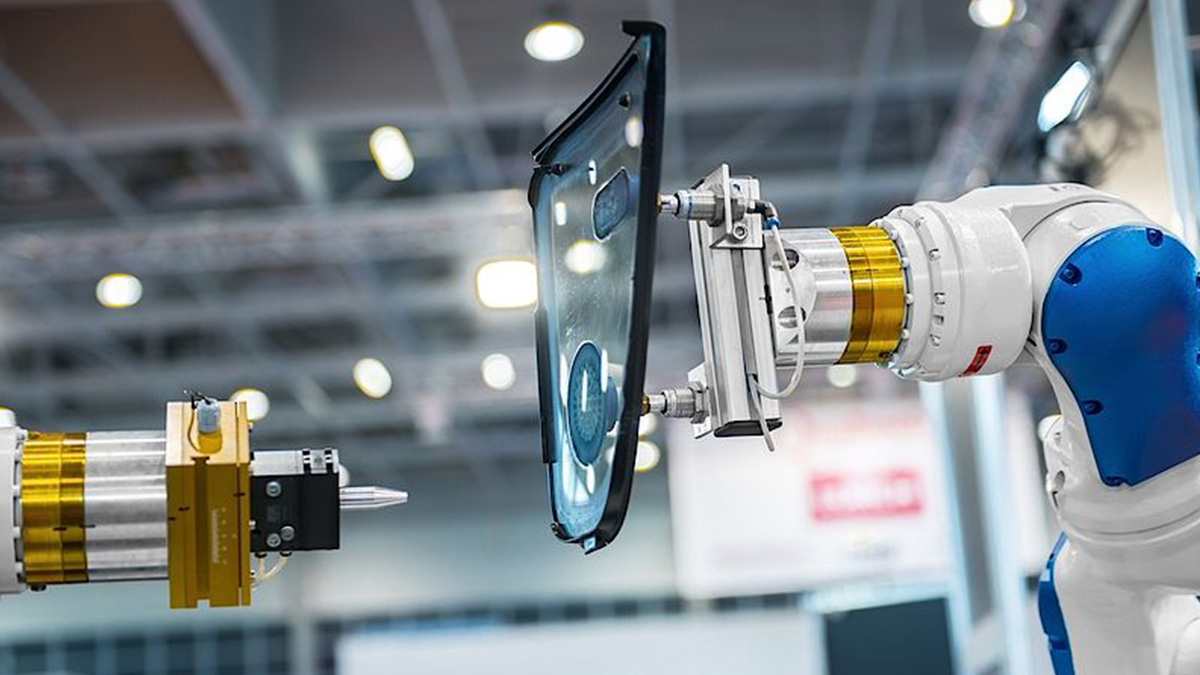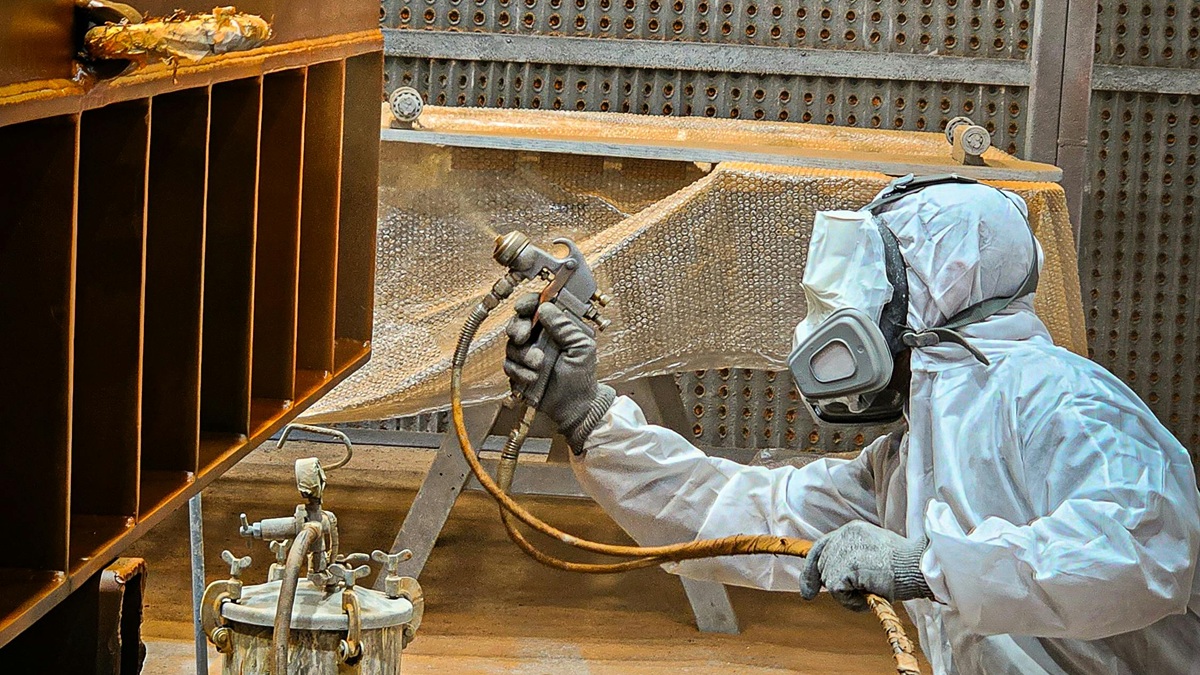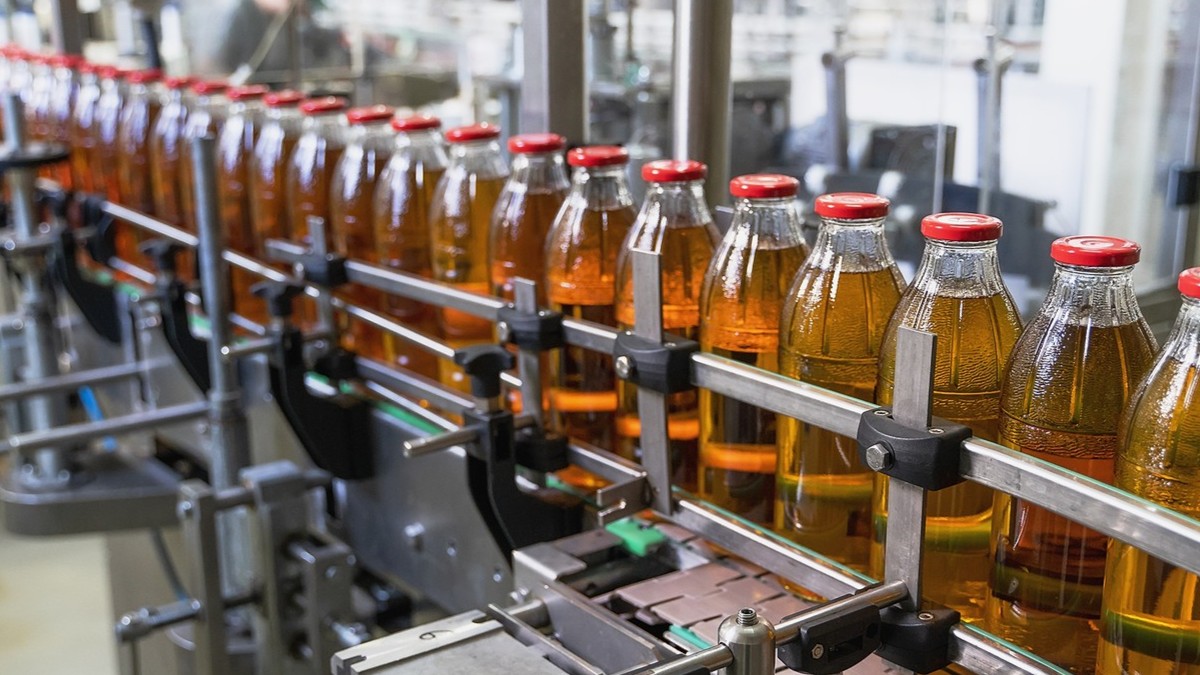Industrial Internet of Things (Indusrial IoT, or IIoT) is the expansion and use of the Internet of Things (IoT) in industrial applications. Industrial IoT focuses on machine-to-machine (M2M) communication, big data, and machine learning (ML) to make industrial operations more efficient and reliable. IIoT covers the entire industrial application, including robotics, medical equipment, and software-defined production processes.
What Is IIoT?
IIoT is Industrial IoT, or the Industrial Internet of Things. It brings together machines, cloud computing, analytics, and people to improve the efficiency and productivity of industrial processes. With IIoT, industrial companies can digitize processes, transform business models, increase efficiency and productivity, and reduce waste. These asset-intensive companies operate in various industries such as manufacturing, energy, agriculture, transportation, and utilities, and are embarking on IoT projects to connect billions of devices and provide value in a variety of use cases, including predictive quality and maintenance analysis, asset condition monitoring and process optimization.
IIoT not only has general consumer devices and physical device network interconnection common to the Internet of Things but is different from IoT in the intersection of information technology (IT) and operating technology (OT). OT refers to the operation process and industrial control system (ICS) network, including human-machine interface (HMI), supervisory control and data acquisition (SCADA) system, distributed control system (DCS), and programmable logic controller (PLC).
The integration of IT and OT has allowed the industry to have better system integration in automation and optimization, as well as better visibility into the supply chain and logistics. Using smart sensors and actuators plus remote connection control can more easily monitor the physical infrastructure of industrial operations, such as agriculture, medical, manufacturing, transportation, and public utilities.
With the advancement of Industry 4.0, IIoT is an important driving force for the transformation of networked physical systems and production processes through big data and analysis. It collects real-time data from sensors and other data sources, which can assist industrial equipment and infrastructure in pre-processing. Judgment and decision-making, insights, and specific actions are proposed, and the machine can further take over and operate automatically.
Uninterrupted data acquisition and transmission between smart devices and machines brings many opportunities for enterprises to advance. This information allows companies to find errors in the supply chain or make predictions, and deal with them immediately, thereby improving the daily efficiency of operations and finances. Properly integrating IIoT can also optimize asset usage and predict failure points, and can even automatically trigger maintenance procedures. Through networked smart devices, companies can collect and analyze more data faster. Not only can it improve scalability and efficiency, but it can also make the distance between the production plant and the headquarters. The integration of IIoT can allow companies to understand their operations and help make smart business decisions more accurately.
What is IoT? Difference between IoT and IIoT?>
IoT is the IoT Internet of Things, or Internet of Things. It is the network of physical objects - “things” - with sensors, software, and other technologies for data connecting and exchanging with devices and systems over the internet. Whereas IIoT is the Industrial Internet of Things, it consists of internet-connected machinery and the advanced analytics platforms that process the data they produce. IIoT is a subcategory of IoT, which also includes consumer-oriented applications such as wearable devices, smart home technology, and self-driving cars. Sensor embedded devices, machines, and infrastructure that transmit data via the Internet and are managed by the software are the hallmarks of these two concepts.
What Are the Security Considerations and Challenges of IIoT?
IIoT can change the way industries operate, but the challenge is to formulate strategies to promote digital transformation and ensure security while increasing networking capabilities. Companies with OT are already quite good at handling issues such as industrial safety and quality control. However, integrating OT into the Internet will allow companies to see more intelligent and automated machines.
With the application of IIoT, three aspects need attention: availability, scalability, and security. Usability and scalability may already be second nature to industrial operations because they have been around for a long time. And when IIoT is integrated into operations, many people may encounter security issues, because many companies are still using old systems and processes. Many of them have been in operation for decades without change, making the adoption of new technologies more complicated.
In addition, the increase in smart devices has also led to more security vulnerabilities and security responsibilities. IIoT adopters are responsible for ensuring the setup and use of their connected devices, but device manufacturers are obliged to protect their consumers when launching products. The manufacturer should be able to ensure the safety of users and provide preventive measures or remedial measures when safety problems arise. With the advancement of technological networks, all walks of life also place importance on network security requirements. Allowing hackers to gain access to a networked system not only exposes the business to significant risks but also means that it may shut down operations. Companies adopting IIoT must plan and operate like technology companies to securely manage physical and digital components.
The introduction of AI technology faces the challenge of combining industrial operations and IT, and it is necessary to protect connections and information. User data should be processed by applicable privacy regulations, such as the European Union (EU) General Data Protection Regulation (GDPR), the information should be stored in an encrypted database, and personal data should be stored separately from general log data. Storing unencrypted data in the cloud along with other related activities may mean that companies are at risk.
One of the main issues surrounding the Internet of Things is technology fragmentation. As IIoT expands, it will not be immune to the coexistence of different standards, protocols, and architectures. Different uses in the IIoT system, such as Message Queue Telemetry Transmission (MQTT) and Restricted Application Protocol (CoAP) and other standards and protocols may hinder the interoperability of the IIoT system.
What Are the Risks of the IIoT System?
Many IIoT-related security issues stem from the lack of basic security measures. Security vulnerabilities such as exposed ports, inadequate authentication practices, and outdated applications lead to risks. Connecting these devices directly to the Internet will bring more potential risks.
Companies may already be familiar with the business impact of IT system crashes due to cybercrimes and malware infections. An insecure IIoT system can lead to operational interruption and monetary loss, as well as other dire consequences.
Security risk concerns:
- Software vulnerabilities can be used to attack the system.
- Networked devices and systems that can be publicly searched.
- Malicious activities such as hacking, targeted attacks, and data leakage.
- Manipulation of the system may cause operation interruption or process disruption.
- System failure may cause damage to equipment and physical facilities or injury to operators.
- The OT system that was invaded through the IT environment was attacked by ransomware.
How to Ensure IIoT Security?
Although driving productivity in manufacturing operations is important for IIoT systems, security is also relatively important. Connecting the OT environment to the Internet, through the real-time data generated by many sensors and networked devices, makes it easier for enterprises to achieve their goals. However, if network security protection is not done well, its effectiveness may be weakened.
Owning an information security monitoring center (SOC) is important for proactively monitoring and preventing various threats that affect the networked environment. This centralized unit allows the company to monitor the large number of alerts that may be encountered and achieve rapid response. For facilities that require better security status visibility and continuous analysis capabilities, SOC aims to detect information security incidents or any abnormal activities and be able to solve problems immediately before an intrusion event occurs. This SOC can solve the problems that may be caused by old systems, low system visibility, and slow response time. It can prioritize alerts and optimize threat correlation capabilities to enable enterprises to manage IT and OT at the same time.
However, changes in the threat environment and industrial infrastructure require organizations to adjust protective measures to deal with new or unknown threats that may be encountered. IIoT adopters can target the establishment of a dedicated team to solve information security issues in the OT environment, and the first consideration for enterprises is to recruit information security experts who can understand different types of threats and take quick actions to mitigate the impact of attacks.
Constructing comprehensive protection measures for different levels of the IIoT environment can allow enterprises to operate safely. These security layers include equipment, network, and cloud. The device layer usually includes IIoT devices and applications purchased from different manufacturers and service providers. IIoT adopters should know how their manufacturers and service providers transmit and store data. If there is a safety issue, manufacturers and service providers should also take the initiative to notify the company of things to pay attention to.
In the network part, there is a gateway to collect data from the device. This is where organizations need to deploy a new-generation intrusion prevention system (IPS) to monitor and detect potential attacks. The gateway usually also has a control center to issue commands to different devices. The control center is the most critical place where organizations must strengthen protection to avoid malware infection or hacking.
Finally, in the cloud, vendors should deploy server security protection to reduce the risk of hackers using the server and stored data. Therefore, to protect the IIoT system, it needs to be constantly online threat defense and point-to-point protection from the gateway to the endpoint, which can provide:
- Regular monitoring and detection of malware infections.
- Improved threat visibility and early detection of abnormal conditions.
- Proactively prevent threats and attacks between IT and OT.
- Protect data transmission.
- The new generation of IPS to prevent vulnerability attacks.
- Server and application protection across data centers and clouds.
Advantages of IIoT:
- Predictive quality: Predictive quality analysis can extract feasible insights from industrial data sources such as manufacturing equipment, environmental conditions, and manpower observations to optimize the quality of factory output. Industrial manufacturers can use AWS IoT to build predictive quality models to help them manufacture better products. Higher-quality products can increase customer satisfaction and reduce the chance of product recalls.
- Asset condition monitoring: Asset status monitoring captures the status of machines and equipment to determine asset performance. You can retrieve all IoT data, such as temperature, vibration, and error codes through AWS IoT, to understand whether the device is performing in the best state. Thanks to increased visibility, you can maximize asset utilization and your investment.
- Predictive maintenance: Predictive maintenance analysis captures the status of industrial equipment, identifies potential failure risks in advance, avoids impact on production, and can also improve equipment life, worker safety, and supply chain optimization. You can continuously monitor and infer device status, health, and performance through AWS IoT to detect problems in real-time.
The manufacturing industry introduces ai technology, cross-industry 4.0 sector integration, and digital transformation, solutions that make data work, harness the power of the Industrial Internet of Things. Perform analysis, integrate workloads, optimize production, implement predictive maintenance, and automate at near-real-time speeds.











.jpg)
.jpg)
.jpg)
